How to Play the Card Game War: War Rules and Strategies
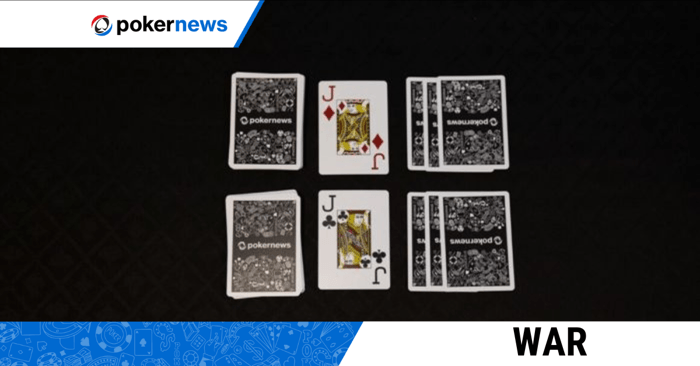
The PokerNews team welcomes you to the fun and excitement of classic card games. War stands out as a timeless and straightforward option that has captivated players of all ages for generations. When you were a kid, you probably grew up around the game, or maybe even played it with your friends.
The simple-to-understand game, typically played with a standard 52-card deck, involves a battle of luck and simplicity which makes it so universally appealing. With roots dating back to the 18th century, War has stood the test of time and remains a popular choice for casual play.
Important Notice: Traditional Card Games are popular with players of all ages, but the content on this website is intended only for adults, over the required age for gambling online in your location.
War Rules - How to Play War
War is a card game that requires minimal setup but promises maximum enjoyment. To commence, a standard 52-card deck is shuffled thoroughly, ensuring a random distribution of cards. The deck is then evenly divided between the players, typically two but adaptable to more if desired. Each player holds their stack face-down, maintaining the element of surprise crucial to the game's essence.
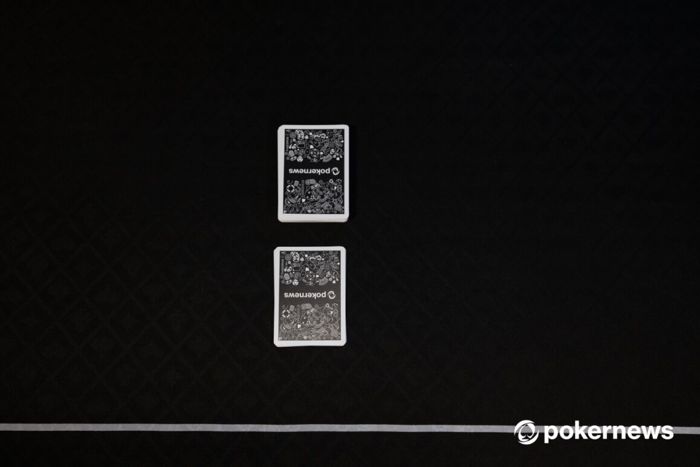
The objective of War is straightforward - to triumphantly acquire all the cards in play. This is achieved through a series of battles, where the highest-ranking card secures victory.
Aces are usually considered the highest, followed by descending ranks from kings down to twos. The beauty of War lies in its simplicity, as players need only understand the basic hierarchy of the cards to engage in the gameplay.
The game unfolds with both players simultaneously revealing the top card from their stacks in a battle.
The player with the higher-ranking card claims both, adding them to the bottom of their stack.
In the event of a tie, a 'war' is declared. Each player places three cards face down, followed by a fourth face-up. The highest of these face-up cards determines the victor, and the entire pile goes to the winner.
In the case of another tie, the process is repeated until a clear winner emerges, creating an exciting dynamic in the game. This cyclic and suspenseful gameplay makes War a perennial favorite, offering a delightful mix of chance and strategy for players of all ages.
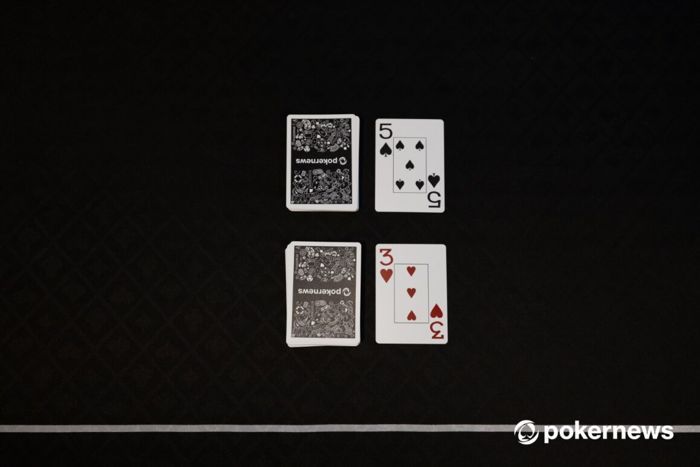
War Gameplay
Playing War involves a straightforward yet engaging process. The game begins with each player simultaneously flipping the top card of their stack, initiating a battle. The player with the higher-ranked card claims both and adds them to the bottom of their stack.
What is a Tie in War?
In War, a tie is where both players turn over the same value card, for instance a jack and a jack. In the case of a tie, a 'war' ensues as both cards are the same value.
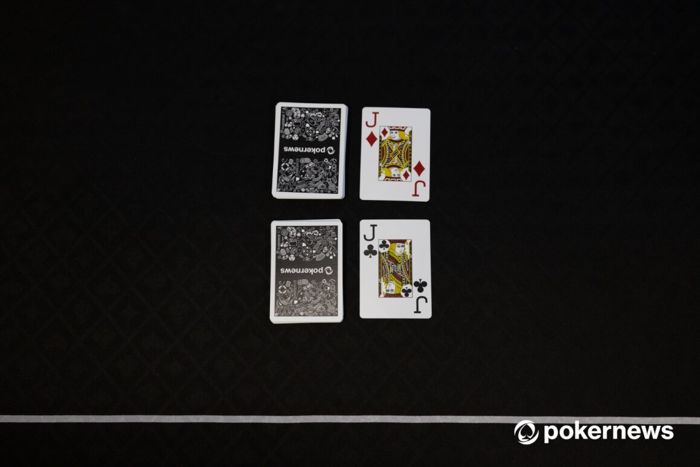
Here, players place three cards face down, followed by a fourth face-up.
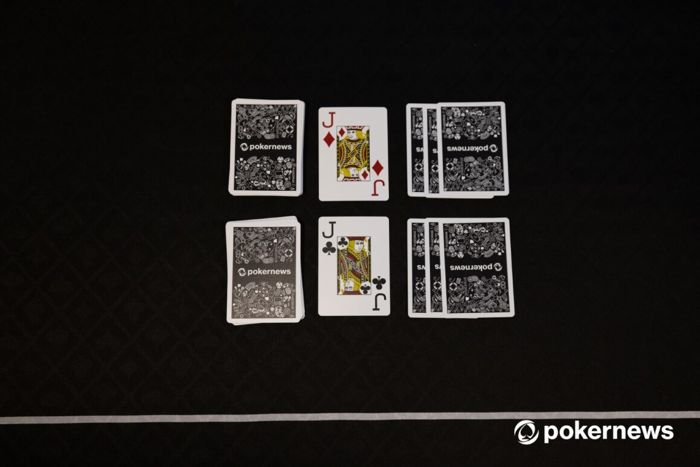
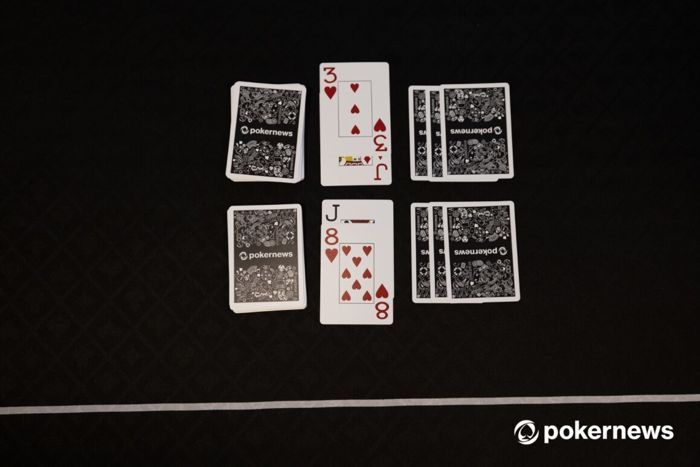
The higher face-up card determines the winner of the entire pile.
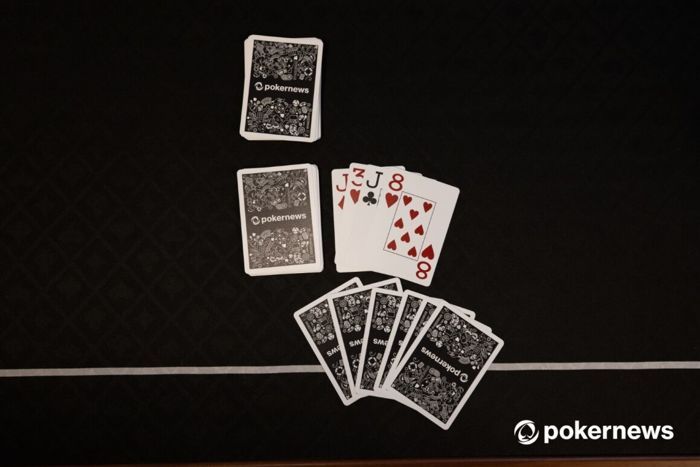
While War largely hinges on chance due to the luck of the draw, some strategic considerations can enhance your gameplay. Observing your opponent's tendencies and adjusting your approach accordingly can provide a subtle edge. Additionally, keeping track of the cards that have been played can inform your decisions, offering insights into the remaining deck composition.
For beginners, embracing the simplicity of War is key. Understanding the basic card hierarchy and the mechanics of a 'war' is sufficient to dive into the game. As players gain experience, they may develop more nuanced strategies, such as managing the timing of initiating a 'war' or discerning patterns in the opponent's card distribution.
Advanced players may find it beneficial to employ psychological tactics, like bluffing or misdirection, to gain a psychological edge over their opponent. Nevertheless, the inherently unpredictable nature of the game ensures that every match remains an exhilarating experience, blending chance and strategy in a way that continues to captivate players of all skill levels. Whether you're a novice or a seasoned player, the simplicity and excitement of War make it a perennial favorite in the world of card games.
War Variations and Custom Rules
War's adaptability has led to the creation of numerous variations and custom rules, providing players with the flexibility to tailor the game to their preferences. One common modification involves adjusting the number of cards used in a 'war,' often increasing or decreasing the count to intensify or expedite gameplay.
Some variations introduce special rules for certain cards, granting them unique advantages or penalties. Additionally, players often devise their own house rules to inject creativity and personal flair into the game.
Popular customizations may include incorporating jokers, limiting the number of consecutive 'wars,' or even introducing themed decks to enhance the overall experience. These variations contribute to the enduring popularity of War, allowing it to evolve with the preferences and imaginations of players, ensuring that each game is a unique and enjoyable experience. Whether played in its traditional form or with personalized twists, War remains a dynamic and engaging card game that can be tailored to suit diverse gaming preferences.
War Card Game Strategy
In the world of War card game, mastering effective strategies is the key to victory. By understanding tactical nuances and developing a strategic mindset, players can elevate their gameplay and enhance the thrill of each encounter. In this section, we explore essential War card game strategies to sharpen your skills and increase your chances of success.
Winning Beginner Strategy to War
For beginners diving into the world of War, a solid strategy can provide a competitive edge. Start by grasping the basic probabilities associated with card ranks. Since Aces are the highest and twos the lowest, recognizing the likelihood of winning in a given round becomes crucial. Consider the potential outcomes of initiating a 'war' and weigh the risks carefully.
In situations with a substantial lead, strategically choosing when to trigger a 'war' can maintain momentum, while in closely contested matches, adopting a more conservative approach might be prudent. Keep in mind that War largely relies on chance, but a thoughtful understanding of probabilities and strategic decision-making can enhance your gameplay, making each flip of the card an opportunity to outmaneuver your opponent. As you gain experience, you can refine and adapt your beginner's strategy, gradually incorporating more nuanced tactics into your approach.
Winning Advanced Strategy to War
For advanced players seeking mastery in the War card game, elevating strategies involves a deeper understanding of probabilities and nuanced decision-making. While chance remains a significant factor, experienced players can gain an edge by tracking the cards played and calculating the probability of certain ranks appearing.
Recognizing patterns in your opponent's behavior becomes essential, allowing you to predict moves and adjust your strategy accordingly. Strategic use of 'wars' can be a powerful tool – knowing when to initiate or concede a 'war' based on the current state of play can turn the tide. Additionally, introducing psychological elements, such as bluffing or misdirection, adds an extra layer to your gameplay, creating opportunities to outsmart opponents. In the advanced realm of War, a combination of calculated risk, observational skill, and psychological tactics can significantly increase your chances of emerging victorious, transforming each round into a strategic duel rather than a mere game of chance.
How to Play War in 5 Easy Steps (Quick Guide)
Playing War is a straightforward and entertaining card game that can be enjoyed by players of all ages. Here's a concise, step-by-step guide to help you navigate the game in five easy steps.
#1 - Prepare the Deck
Begin by shuffling a standard 52-card deck thoroughly. This ensures a random distribution of cards, setting the stage for an unpredictable and exciting game.
#2 - Deal the Cards
Once the deck is shuffled, deal the entire deck evenly among all players. Whether you're playing with a friend, family member, or in a larger group, everyone should have an equal share of the deck, creating a level playing field.
#3 -Initiate the Battle
With the cards dealt, the game begins. Simultaneously flip the top card of your stack and your opponent's stack. The player with the higher-ranked card emerges victorious in that round and claims both cards, placing them at the bottom of their stack.
#4 - Handling Ties - Declare a 'War'
In the event of a tie, a 'war' is declared. Both players place three cards face down, followed by a fourth card face-up. The higher face-up card determines the winner of the entire pile. If another tie occurs, the process is repeated until a decisive winner emerges, adding an element of suspense and strategy to the game.
#5 - Continue Until Victory
Continue these steps until one player accumulates the entire deck. The simplicity of War lies in its repetition of these steps, creating a rhythm that allows players to quickly grasp the rules and immerse themselves in the gameplay.
In these five easy steps, you've covered the fundamental mechanics of playing War. Whether you're introducing someone to the game or revisiting a classic, these instructions provide a quick and accessible guide to the timeless and enjoyable card game of War. As the Geico caveman would say, War is so easy a caveman could do it.
How to Play War Card Game FAQs
What is War Card Game?
The card game "War" is a simple, classic card game often played by two players. The objective is to win all of the cards. We explain all you need to know about how to play War on this page.
How many players can play the War card game?
War is typically designed for two players. However, it can be adapted for more players by dividing the deck evenly. Keep in mind that with additional players, the game dynamics may change, offering a different but equally enjoyable experience.
What happens in case of a tie during a War?
If a tie occurs during a War, players declare another War. They place three cards face down, followed by a fourth face-up. The player with the higher face-up card wins the entire pile. This process continues until a clear winner emerges.
Can you play War with a standard deck of cards?
Yes, War is traditionally played with a standard 52-card deck. No additional equipment is needed, making it an easily accessible and spontaneous card game for players of all ages.
Are there any advanced strategies for winning in War?
Advanced players often incorporate strategies such as tracking played cards, understanding probabilities, and introducing psychological tactics like bluffing. These strategies add depth to the game, providing seasoned players with a nuanced approach to increase their chances of success.
Is there a recommended age for playing the War card game?
War has no strict age recommendation and is suitable for players of all ages. Its simple rules make it accessible for children, while the strategic elements can be appreciated by adults. It's a versatile game that can be enjoyed by the whole family, making it a timeless classic for various age groups.
